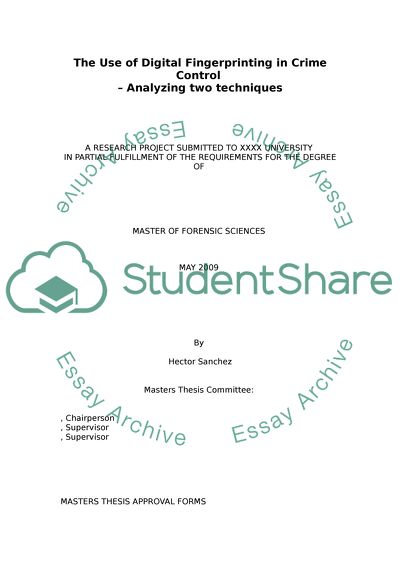Cite this document
(“Digital fingerprinting Essay Example | Topics and Well Written Essays - 3500 words”, n.d.)
Retrieved from https://studentshare.org/technology/1499917-digital-fingerprinting
Retrieved from https://studentshare.org/technology/1499917-digital-fingerprinting
(Digital Fingerprinting Essay Example | Topics and Well Written Essays - 3500 Words)
https://studentshare.org/technology/1499917-digital-fingerprinting.
https://studentshare.org/technology/1499917-digital-fingerprinting.
“Digital Fingerprinting Essay Example | Topics and Well Written Essays - 3500 Words”, n.d. https://studentshare.org/technology/1499917-digital-fingerprinting.


